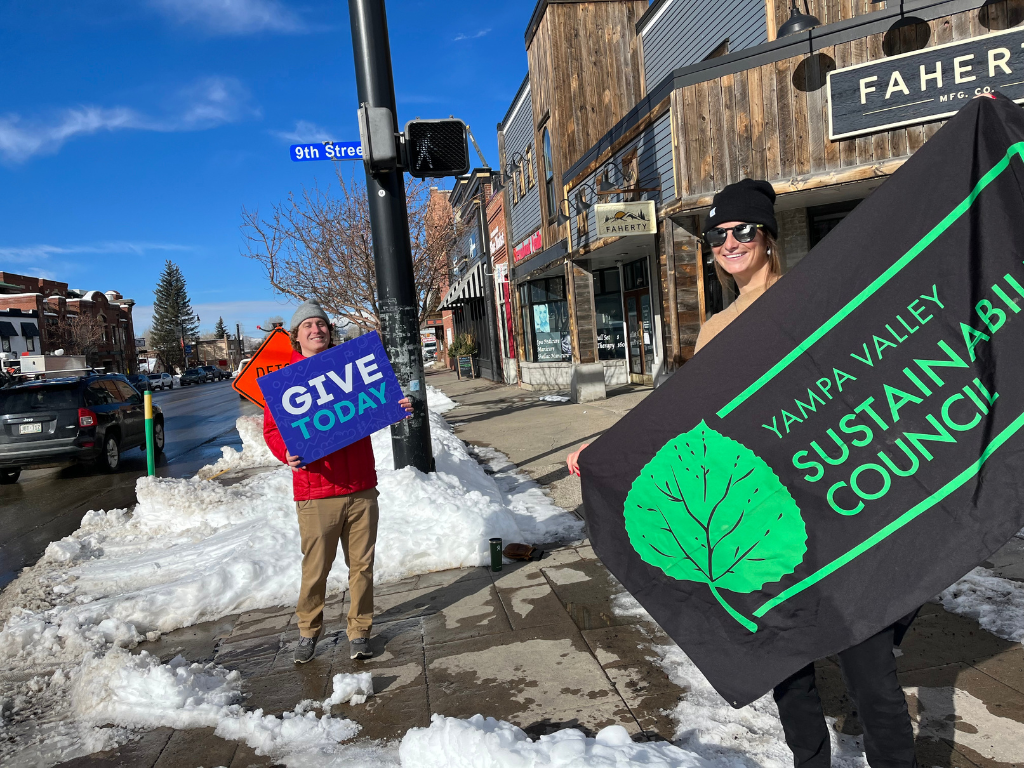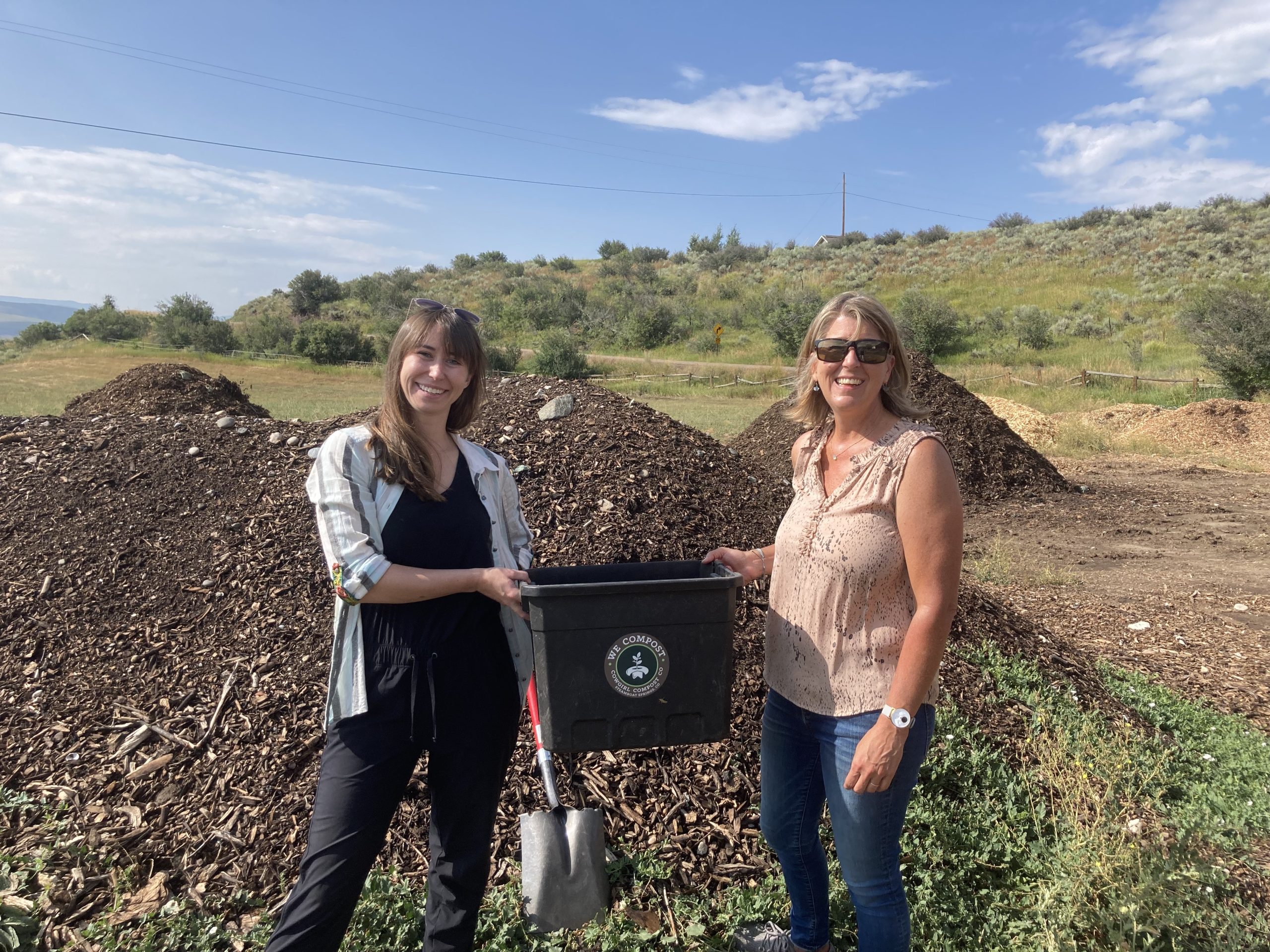JUNE 7, 2019 BY
From the Steamboat Pilot & Today | June 6, 2019
The Yampa River flows through Steamboat Springs in May. The year 2019 was the first since 2000 that no area of Colorado was labeled abnormally dry by the U.S. Drought Monitor.
John F. Russell
STEAMBOAT SPRINGS — If you’re a rancher, or you enjoy snow sports, hunting or boating, you’ve certainly noticed the hot, dry weather that for years has shortened the time snowpack is on the mountain and decreased the amount of water that’s in area rivers and ditches.
It’s a trend that has impacted the entire state of Colorado and the entire Southwest region.
Looking at the Yampa River, swollen with snowmelt from the snowpack that’s still sitting comfortably atop Rabbit Ears and Buffalo passes, it can be easy to forget that for the 19 years prior to this spring, Colorado has been in a drought.
This year of healthy snowpack and a slow snowmelt breaks up a trend of hotter than average summers in Colorado that climatologists predict will continue. Globally, 18 of the 19 hottest years on record have occurred since 2001, according to Brad Udall, senior research scientist at the Colorado Water Institute at Colorado State University. Udall presented at the closing community event of the second Yampa Basin Rendezvous on Thursday.
While the state has certainly been in drought before, this one is different.
Udall and other scientists conducted a study that compared the two significant long-term droughts in the Colorado River’s Upper Basin — the one that occurred in the mid-1950s to 1960s, and the most recent drought that began in the early 2000s. The study found that while the drought and the lower flows in the Colorado River system were driven almost entirely by slight precipitation in the 1950s, precipitation played a smaller role in the most recent bout of low flow.
“In this drought, as opposed to the 1950s drought, precipitation declines only partially explain the flow loss in the Colorado River. They explain about two-thirds of the loss. What explains the other third? Temperatures account for a third of the loss,” Udall said.
He explained that increasingly, scientists are finding ties between variable weather patterns and a changing climate, including the East Coast snowpocolypse and the “ridiculously resilient ridge,” a persistent mass of high pressure that prevented storms from reaching the West Coast from around 2013 to 2017.
“We’ve seen another version of it this spring, here,” Udall said.
He calls it “weather whiplash.”
Impacts to Northwest Colorado wallets
This shift — in temperatures, when spring runoff occurs and in the amount of water in area streams — has an impact on the area economy.
In Routt County, 34% of the workforce is employed in jobs related to the tourism industry, according to the state demography office. Many of these jobs are related to snow, river and reservoir-related recreation.
In winter 2011-12 — a season of heavy drought — ski resorts in the trade organization Colorado Ski Country USA saw a 11.9% decrease in skier visits, according to the Colorado Drought Mitigation and Response Plan. In 2002, which was among the driest years on record in Colorado, the Colorado River Outfitters Association reported raft companies saw a 39% decrease in the number of whitewater rafting days and an economic loss of approximately $128 million, according to the Drought Plan.
Low water and warm temperatures regularly close the Yampa River through Steamboat Springs to tubing, fishing and paddling. The Yampa’s water temperature climbed above 70 degrees several times last summer, according to U.S. Geologic Survey data. At around 60 degrees, trout become lethargic, and above 74 degrees, mortality is likely.
There are also impacts to agriculture, another of the county’s economic bases.
In 2002 and 2012, with less pasture grass, many ranchers sold some of their cattle herds, according to survey data assembled in the Drought Plan. The Colorado Farm Bureau estimated that the 2002 drought caused a loss of $154 million to the state’s livestock sector.
In 2002 and 2012, Colorado Parks and Wildlife also saw spikes in the dollar amount the agency pays to property owners when game damages private property, according to the Drought Plan. While the plan states that it’s reasonable to attribute this to dry conditions disrupting habitat and food sources, further verification is needed to determine if there are other causes for the change in this statistic.
Solutions
Udall said many of the tools to minimize future impacts are in place, but “we just need to choose that path.”
A recent report from the Intergovernmental Panel on Climate Change — or IPCC — determined that by 2030, human-caused emissions of carbon dioxide would need to be reduced by 45% from 2010 levels to limit the warming climate at 1.5 degrees Celsius over the long-term average. This would require unprecedented changes in levels of emissions.
“We actually have decades to figure this out, but we don’t have decades to delay,” Udall said.
Tim Sullivan, North America climate director for The Nature Conservancy, presented some options to reduce the impact of a changing climate. Some solutions exist within the way humans use — or choose not to use — the land.
According to Nature4Climate, a collaborative initiative from the United Nations and several research and conservation organizations, Colorado could mitigate 14 million tons of carbon dioxide per year using actions such as reforesting some areas where forests were cut, avoiding converting grasslands to crops and particularly on the eastern plains, using cover crops when fields would otherwise be bare.
Sullivan said 2019 will also be the most significant year in terms of climate policy at the state level. Locally, too, he said municipalities and the private sector are working to reduce emissions.
“At the local level, cities, corporations — the city of Steamboat Springs has taken this seriously and are asking ‘What can we do?’” Sullivan said.
Last week, Colorado Gov. Jared Polis announced a plan to convert the state entirely to renewable energy by 2040. Xcel Energy Hayden Station has also announced its intent to convert generation to “carbon-free” energy by 2050.
“The opportunity is for us to come together and say ‘What do we do about (climate change)? How do we react?’” Sullivan said. “We can’t solve climate change from the Yampa River Basin, but we can help make our future look better by thinking about what it means and encouraging the changes that need to happen.”
To reach Eleanor Hasenbeck, call 970-871-4210, email ehasenbeck@SteamboatPilot.comor follow her on Twitter @elHasenbeck.






